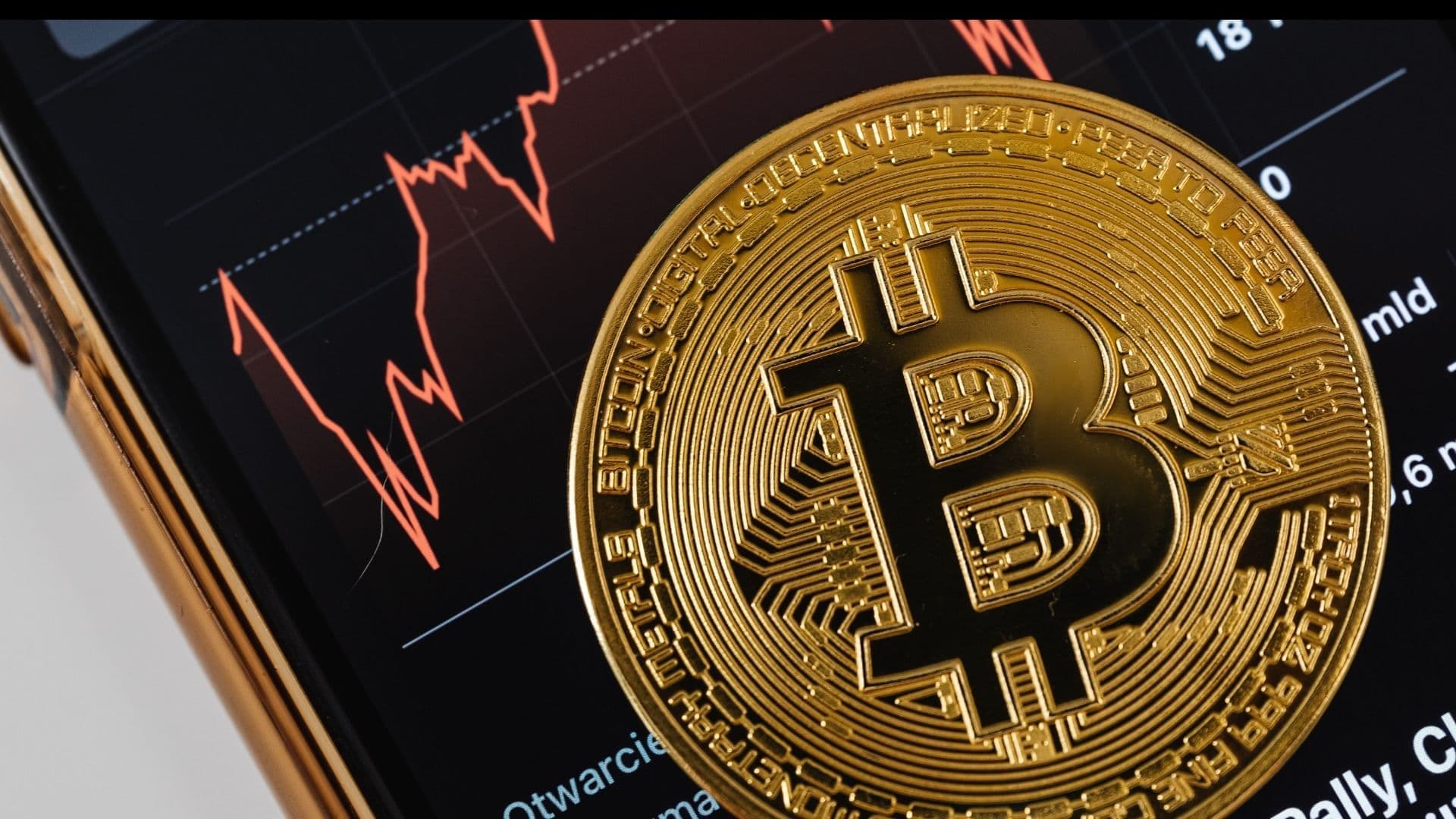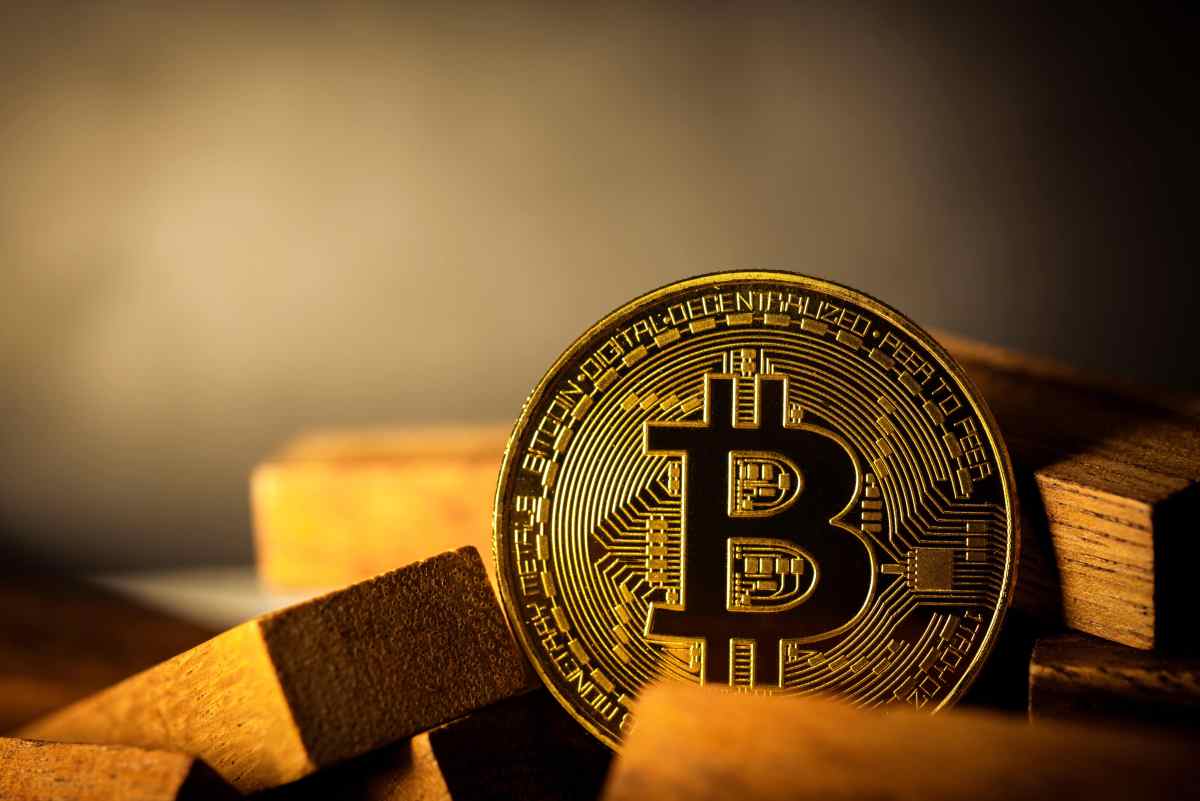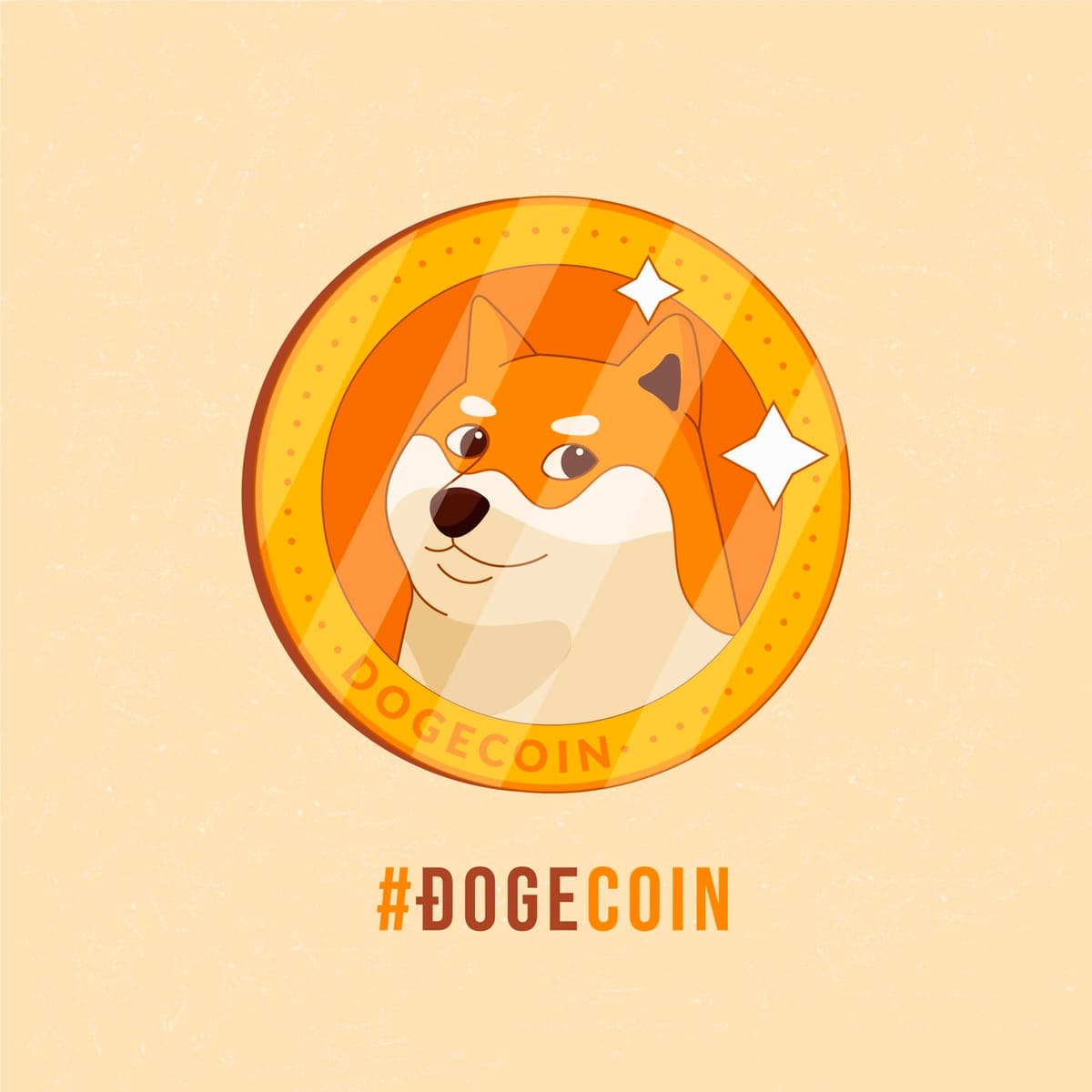
The process of creating new bitcoin tokens or coins is known as mining. The job done by individuals who physically mine for precious metals like gold is very different from this; all you need to mine Bitcoin is an internet connection, compatible hardware, and the right software. The analogy is accurate, though, as miners of virtual currency employ computers to solve cryptographic puzzles in exchange for payment in bitcoin.
“Mining” a cryptocurrency is actually confirming transactions on that currency’s blockchain network in what is called a “proof-of-work” (PoW) consensus mechanism. Miners are given newly created currency as a reward for finishing the intricate mathematical tasks required for these confirmations.
In this post, find out how to begin mining your favorite cryptocurrency: Bitcoin, Litecoin, Dogecoin, Ethereum, Zcash, and Monero.

Bitcoin mining is the process of producing new Bitcoin and linking transactions to the blockchain. Miners get fresh Bitcoin in exchange for their computational efforts in solving challenging mathematical puzzles, as well as transaction fees.
The first and most important step in mining Bitcoin is getting the right hardware. The most widely used and efficient technique for mining Bitcoin is the use of application-specific integrated circuits, or ASICs. These are specialized gadgets made only for Bitcoin mining. Compared to GPUs or general-purpose CPUs, they are far stronger and typically more cost effective.
Solo mining and pool mining are the two primary methods used by Bitcoin miners to mine the cryptocurrency. The practice of mining by oneself and trying to shatter blocks on your own is known as solo mining. This approach can still result in a successful miner receiving the entire block reward, but it has grown more challenging because of the massive processing power required to compete in the current mining environment.
For most miners, however, pool mining is the most practical and widely used alternative. In pool mining, users join a group where their combined computing power is put to use. The mining pool as a whole solves blocks, and rewards are given out according to each pool member’s computing capacity. While pool mining offers fewer incentives than solo mining, it reduces volatility and gives miners a more consistent means of getting paid.
After selecting the mining strategy that best suits their needs, miners must download and install mining software that is compatible with their hardware and desired mining pool. Some examples of mining software are BitMinter, BFGMiner, and CGMiner. After everything is set up, miners can monitor the productivity and profitability of their mining business while making sure their hardware is properly powered and ventilated.
In addition to being knowledgeable about the technical aspects of mining, miners should carefully consider the costs associated with mining Bitcoin, such as those related to electricity and hardware purchases. It’s essential to keep up with changes to mining gear, wallets, software, and the Bitcoin network as the environment changes. Finally, miners should always follow local laws and regulations regarding cryptocurrency mining to ensure compliance.
Mining Litecoin involves validating transactions on the Litecoin blockchain and receiving rewards in the form of newly created Litecoin as well as transaction fees. Before commencing mining activities, miners need to acquire specialized hardware such as ASIC miners, designed specifically for Scrypt-based cryptocurrencies like Litecoin.
It is essential to select a suitable mining pool, as individual mining can be quite intricate. Mining pools such as LTC.top, F2Pool, and Antpool enable miners to combine their computational power and enhance their chances of earning rewards.
Miners need to download and install mining software like CGMiner and BFGMiner, ensuring it is compatible with their chosen hardware and pool. Once the setup is complete, miners initiate their work and contribute to the overall computational power. When the pool successfully mines a block, miners receive rewards.
These rewards are then distributed among participants based on their individual contributions. It’s crucial to securely store the earned LTC in a trustworthy wallet, monitor mining activities, and stay informed about network changes and developments in the Litecoin ecosystem.

As miners produce new Dogecoin and pay transaction fees, they validate transactions on the Dogecoin blockchain. To choose between pool and solo mining, miners must first buy specific Scrypt-based ASIC mining hardware developed for Dogecoin.
Upgrading to a mining pool for Dogecoin and installing the necessary software are the next steps. Enter worker login information and pool details into the program. A worker is a distinct mining instance that has unique login information. It’s essentially a separate mining instance because every worker has a unique set of credentials. To ensure identity, miners provide every employee a special name and password. Rewards are given out based on the contribution of each individual within the pool.
Ethereum now uses a proof-of-stake (PoS) method instead of a proof-of-work (PoW) approach. Under this new setup, mining operations have been terminated, and validators bolster Ethereum’s security by staking their Ether holdings.
The largest PoW smart contract platform is now Ethereum Classic, thanks to the Merge. Switching to ETC mining pools is easy because both use the same ETHash method, which gives it miners from Ethereum.
Using computer power to solve difficult mathematical puzzles on the Zcash blockchain network is known as mining Zcash. ZEC is renowned for its emphasis on privacy since it uses the Zero-Knowledge Succinct Non-Interactive Argument of Knowledge, or zk-SNARK, cryptographic technology, which permits anonymous transactions.
To mine Zcash, a person requires the right hardware and software. Because ASIC miners efficiently complete the computational tasks required for Zcash mining, they are frequently the most effective mining gear for ZEC.
The miner has to choose whether to mine in a suitable mining pool—such as Flypool, Nanopool, or Slush Pool—or on their own. Mining pools offer a more consistent cash source, which is why many miners choose them. Similar to mining other cryptocurrencies, miners need to choose a mining pool and download and install mining software that is compatible with their hardware.
Once everything is set up, the miners need to enter their worker credentials and the address of the pool into the mining software in order to begin mining. The benefits for mining a Zcash block successfully are newly created ZEC and transaction fees. The members of the pool receive different rewards according to the computational capacity they have contributed. A secure Zcash wallet is required for miners to hold ZEC.
In order to offer security and anonymity to Monero transactions, miners must employ the computing power of a computer to solve difficult mathematical riddles. The CryptoNight proof-of-work algorithm was implemented by Monero in 2014. Monero gradually modified the algorithm to intentionally break compatibility with ASICs that were already in use. Consequently, CryptoNightv1, CryptoNightv2, and Cryptonight-R—three distinct variants—emerged.
It’s important to remember that Monero has now distanced itself from CryptoNight and its variations. By moving to RandomX as its mining algorithm in November 2019, Monero made a significant change. ASIC resistance was given priority by CryptoNight, however RandomX places more of an emphasis on CPU efficiency, making it less vulnerable to specialist mining hardware.
To begin mining XMR, miners need gear and software such as CSminer and lXMRig. A variety of configurations are supported by Monero mining, allowing for effective participation with both CPU and GPU miners. When miners pool their resources in mining pools, consistent returns are more likely to occur. Nonetheless, the Monero Project claims that using Monero software for solo mining fortifies the network.
In addition, P2Pool provides a state-of-the-art way for miners to mine XMR that maintains decentralization while allowing miners to benefit from regular rewards. Miners have total control over their Monero nodes and mining activities because it operates as a peer-to-peer mining pool. Better block templates are added to P2Pool’s blockchain and serve as “shares” for miners.
Users download and install mining software tailored to their hardware and the designated pool after selecting a mining pool. Among the pool mining resources for XMR mining are supportxmr.com and nanopool.org. Miners supply the pool’s location and the employees’ credentials during configuration.
Miners turn on their mining software in order to provide processing power to the pool’s collaborative efforts to validate Monero transactions. As recompense, successful miners get XMR, which is distributed based on how much they contributed to the pool. It’s critical to securely save any XMR gained from mining in a dependable wallet.
There are risks associated with mining cryptocurrencies, which miners and organizations need to be aware of and effectively handle. First, regulatory ambiguity presents a challenge as nations throughout the world create laws pertaining to cryptocurrencies. Miners can mitigate this by paying taxes, being aware of local rules, and thinking about mining in regions where cryptocurrency laws have already been enacted.
The fluctuation of cryptocurrency prices is another problem. Prolonged fluctuations in cryptocurrency prices could have an impact on earnings. To mitigate market volatility, miners may consider allocating a portion of their earnings to safe investments.
Since hackers target miners to steal cryptocurrency, security is another problem. Strict security measures, dependable mining pool services, and offsite backups are ways to increase security.
Moreover, costs associated with power in particular may lower revenues. To lower this risk, miners should assess how cost-effective their setup is, investigate renewable energy sources, and select hardware that is efficient.
The mining sector is fiercely competitive. Mining difficulty gradually increases, which affects earnings. It is essential to join mining pools, keep up with hardware advancements, and periodically optimize techniques if you want to be profitable and competitive.